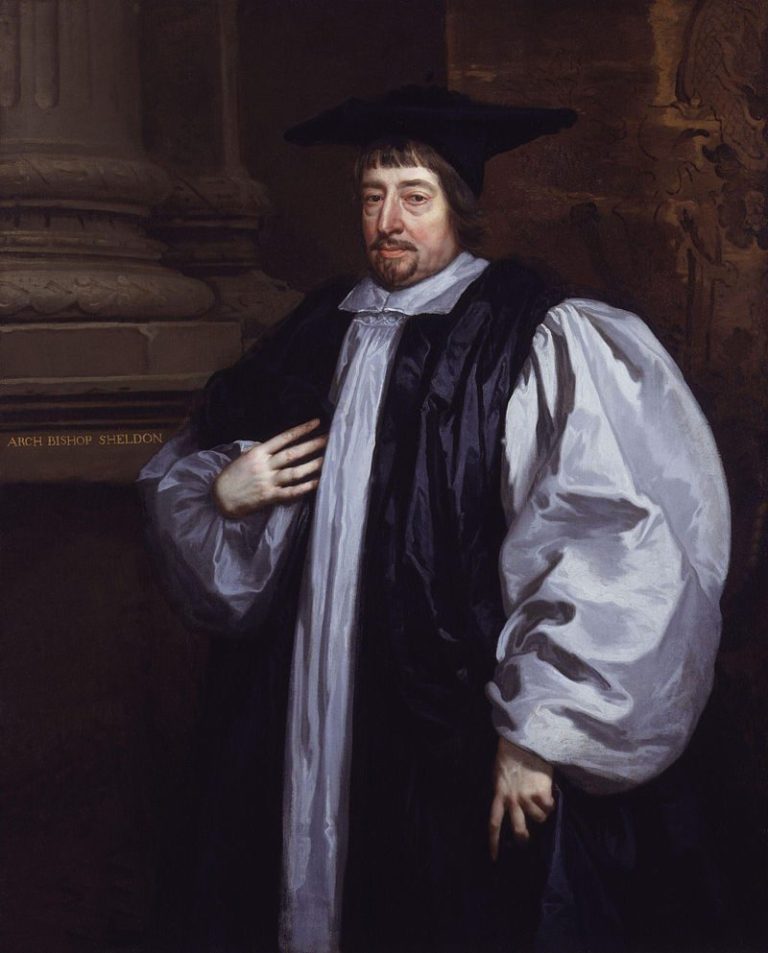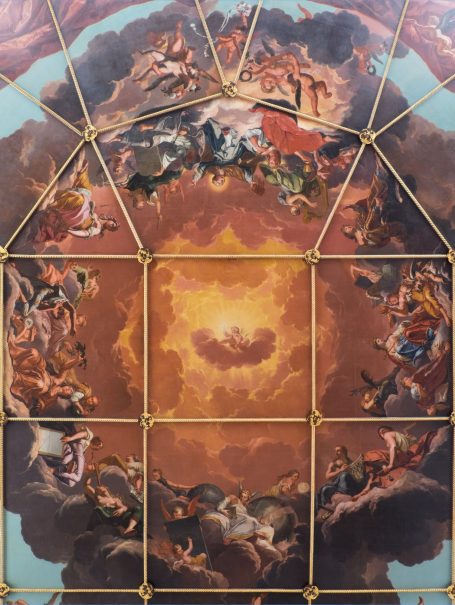SHELDONIAN THEATRE


Gilbert Sheldon - Archbishop of Canterbury
History, Building and Architecture
Elegant and strong in design, marvellously rich in craftsmanship, the Theatre has admirably served its purpose for over 350 years, and today still provides a dignified and superb setting for ceremonial occasions.
Located in Oxford’s medieval city centre, the Sheldonian Theatre is the principal assembly room of the University, and the regular meeting place of Congregation, the body which controls the University’s affairs. All public ceremonies of the University are performed here, notably the annual Encaenia.
"The University acquired the site soon after the Restoration, and in 1664 to 1669 the present theatre was erected. Gilbert Sheldon, Archbishop of Canterbury and a former Warden of All Souls, met the entire cost of the build and so gave his name to the building.
Sir Christopher Wren
The architect was a young Christopher Wren, then Professor of Astronomy at Oxford, with as yet little practical experience of building. Inspired by drawings of Roman theatres, he adopted their D-shaped plan. However, the open arena of Rome, unsuited to the English climate, had to be covered.
The painter of the ceiling, Robert Streater, adapted his ambitious baroque composition to Wren’s conception of the building as a Roman theatre open to the sky.
This description is taken from a reproduction of the work of leading historian of British architecture and a scholar of astonishing productivity, Sir Howard Colvin.

Engraving by David Logan 1675

The Ceiling Fresco, the Sheldonian Theatre by Robert Streater
By DeFacto - Own work, CC BY-SA 4.0, https://commons.wikimedia.org/w/index.php?curid=57170993
We need your consent to load the translations
We use a third-party service to translate the website content that may collect data about your activity. Please review the details in the privacy policy and accept the service to view the translations.
